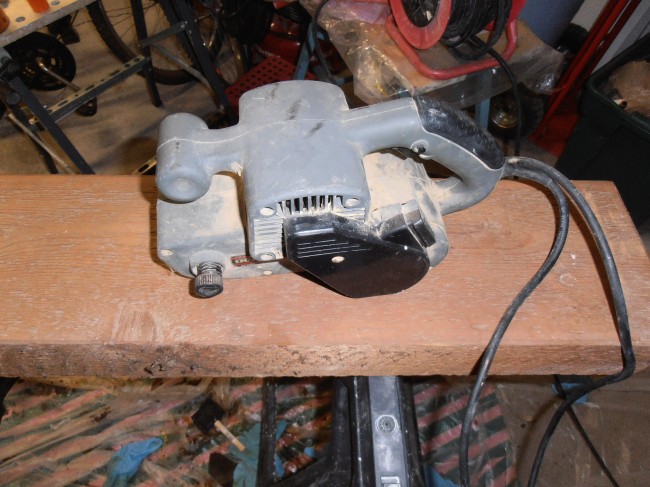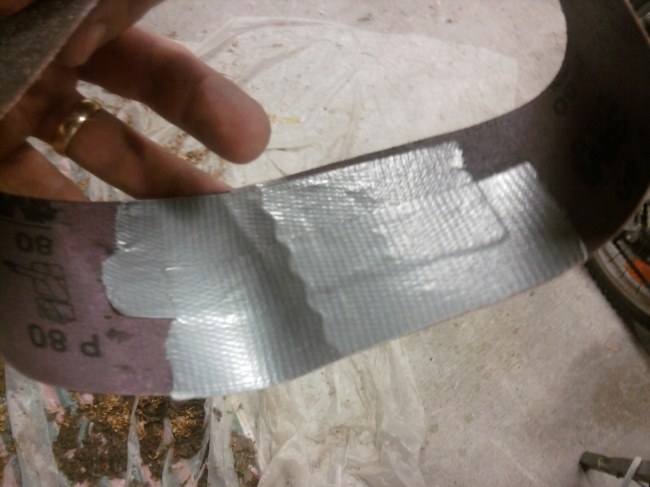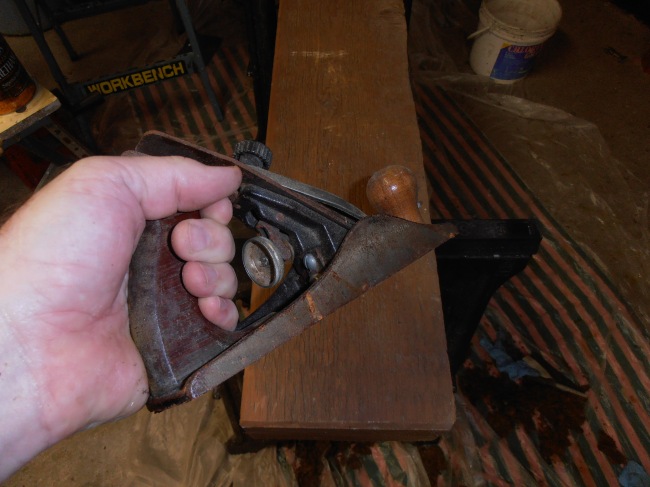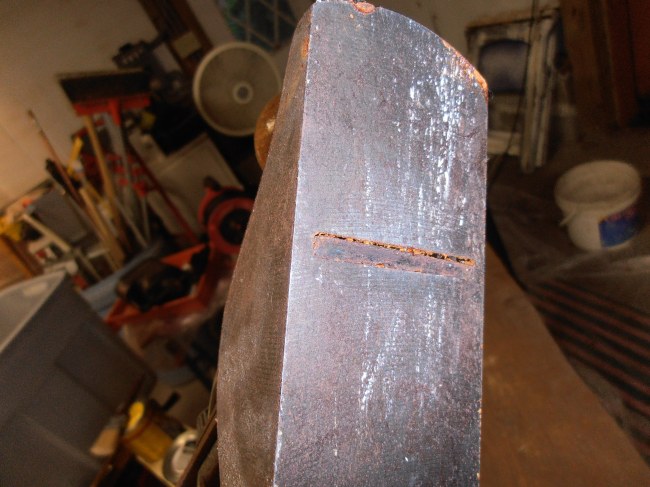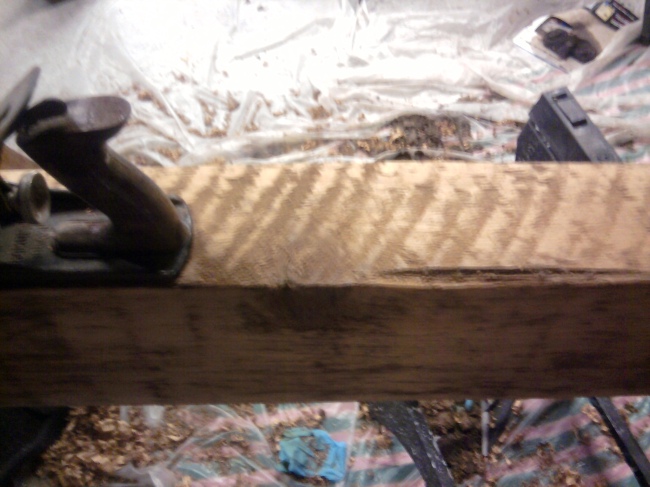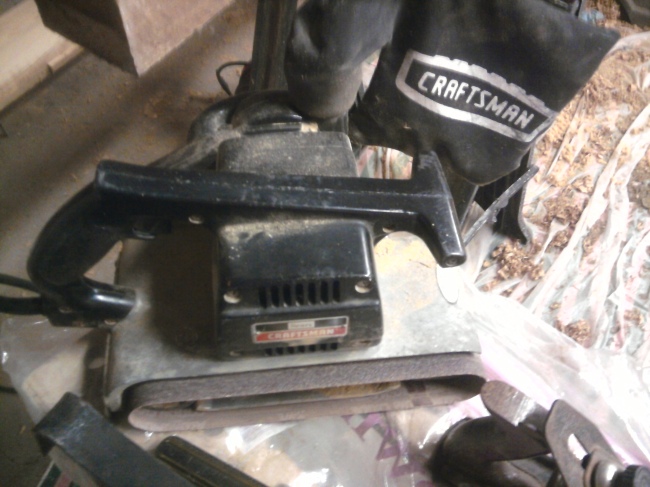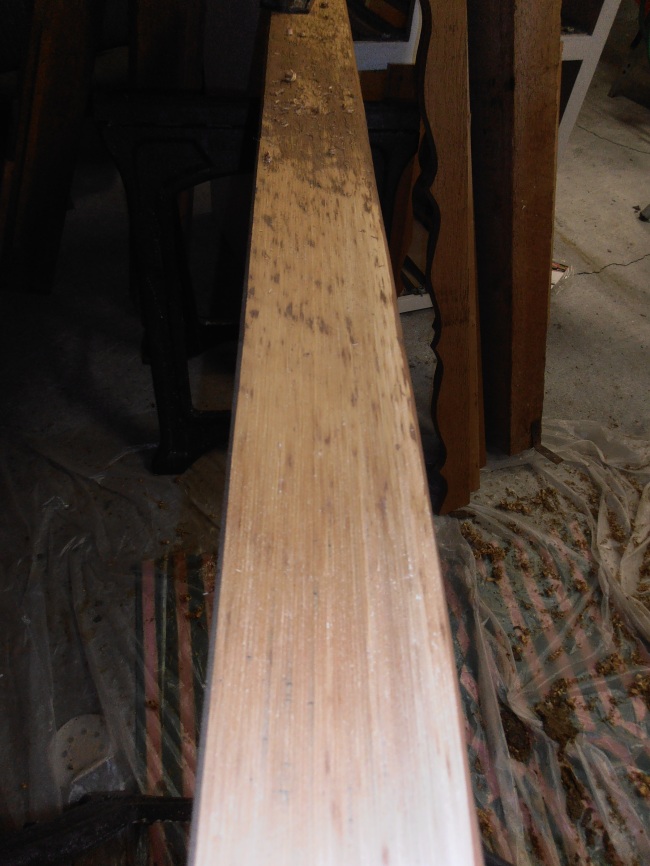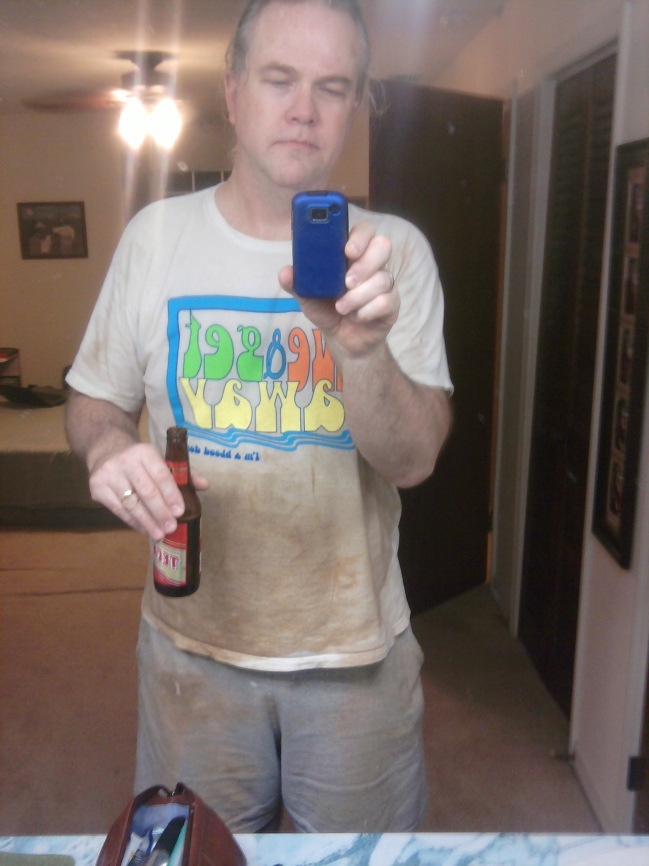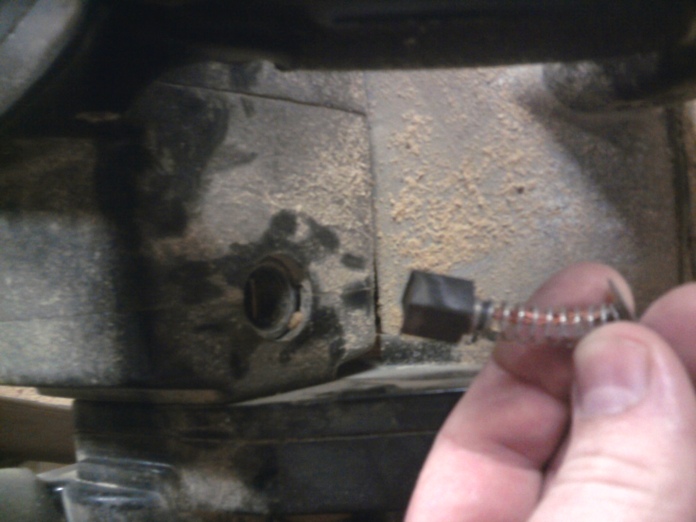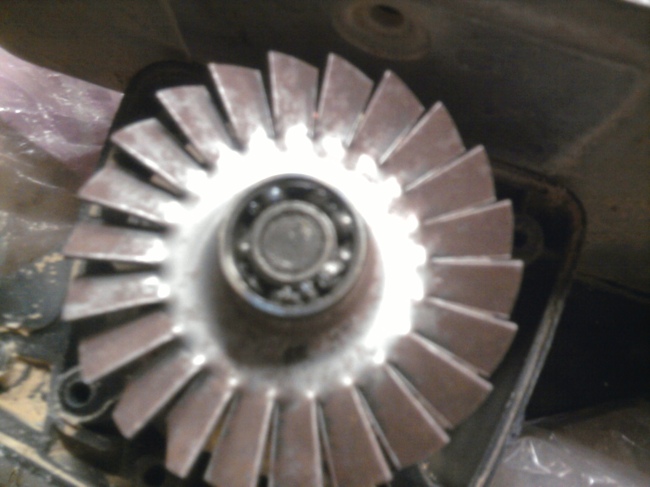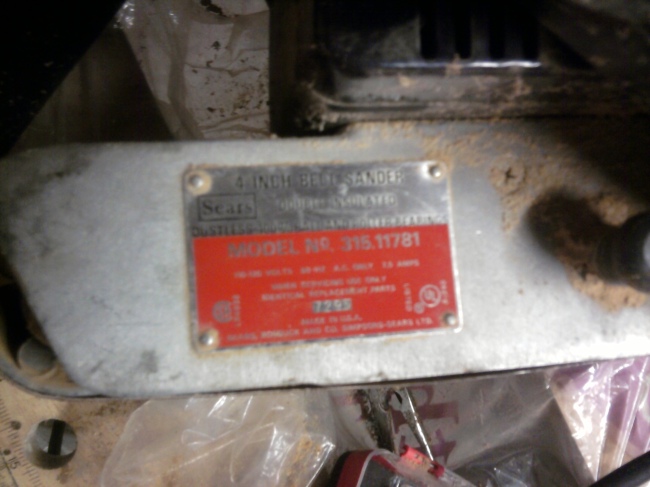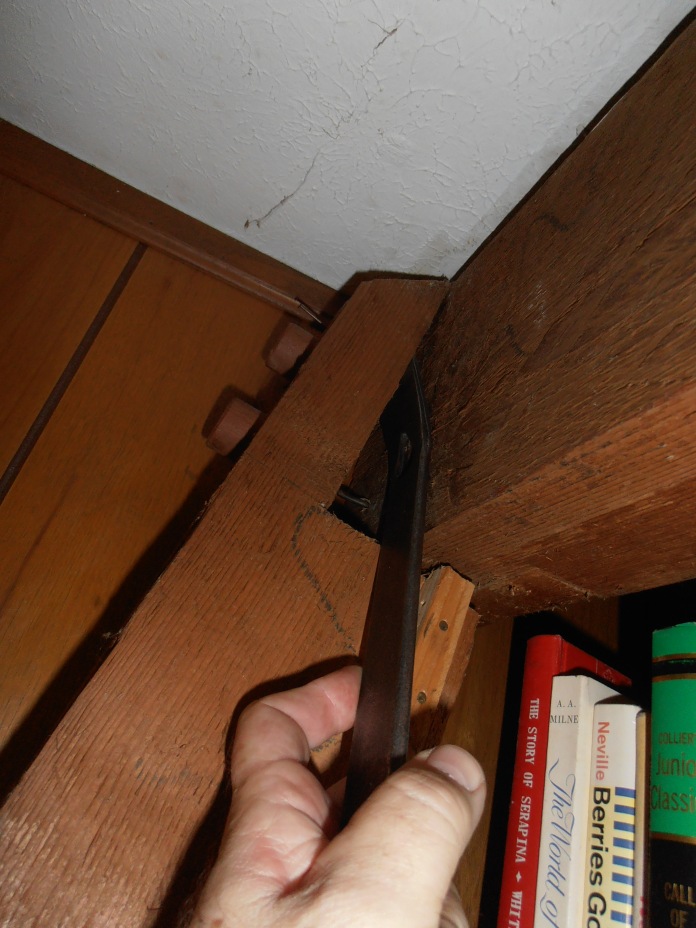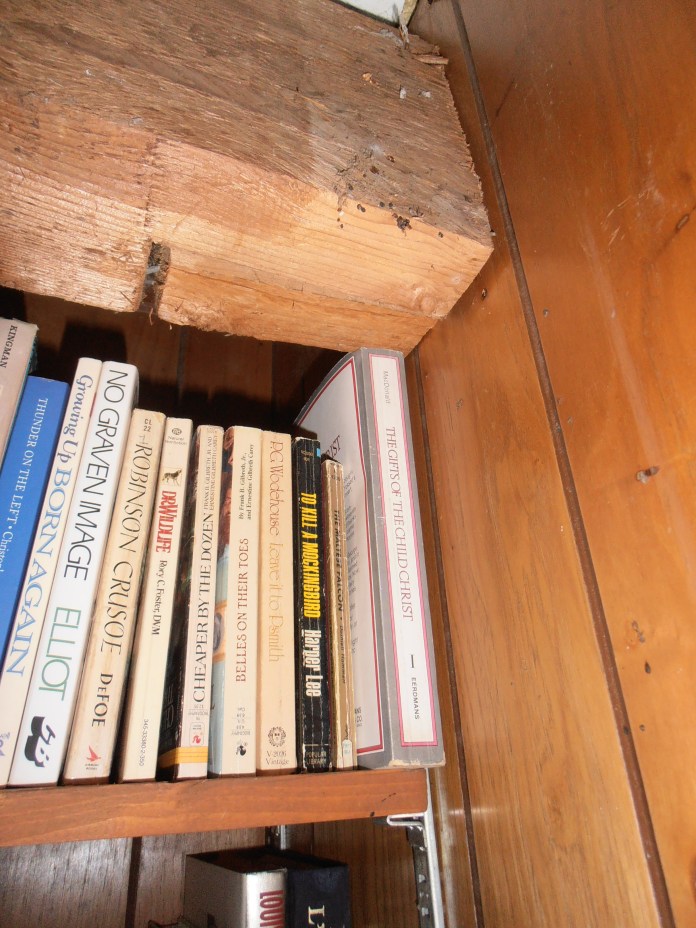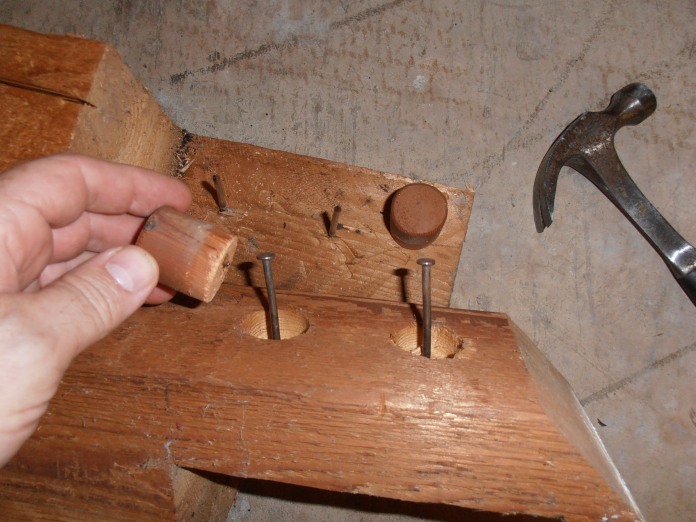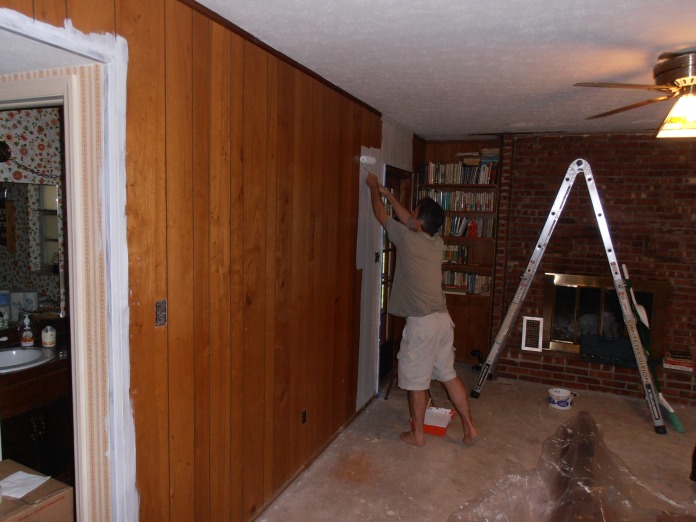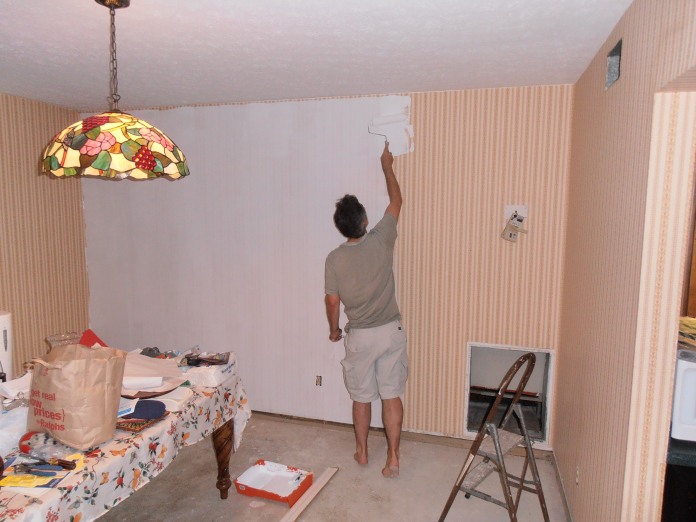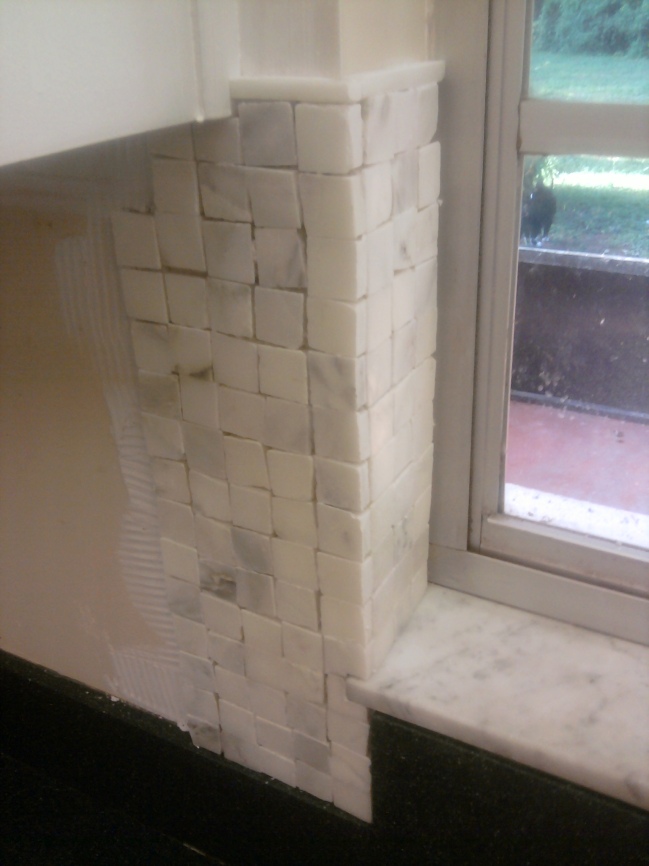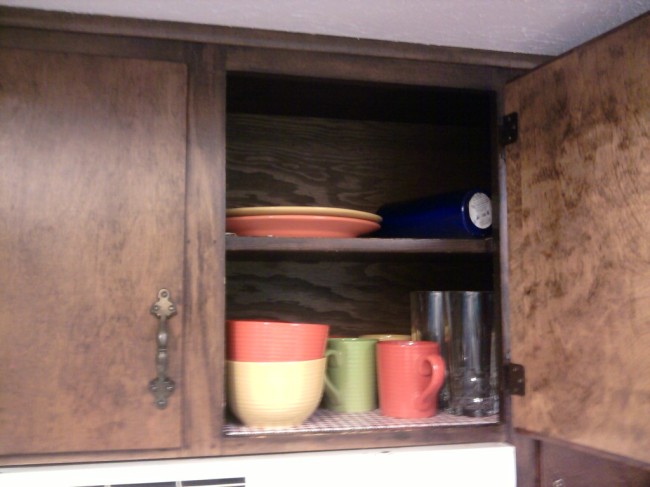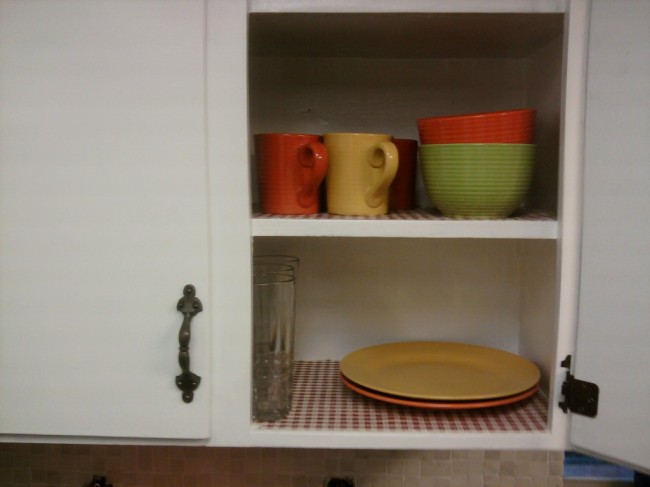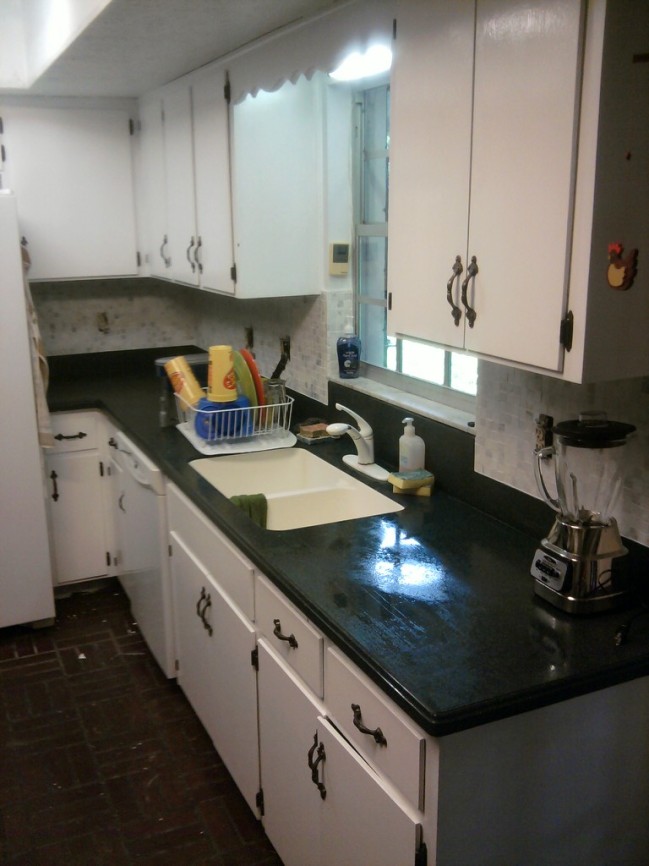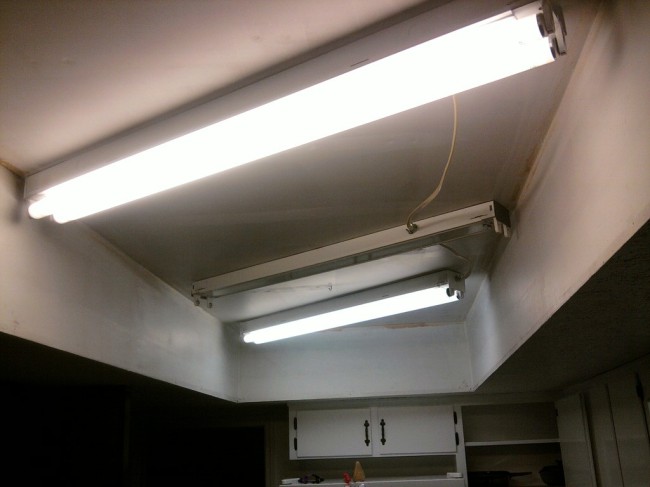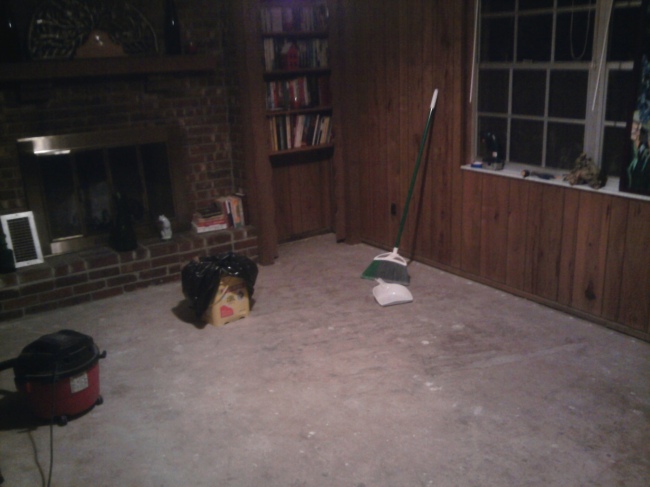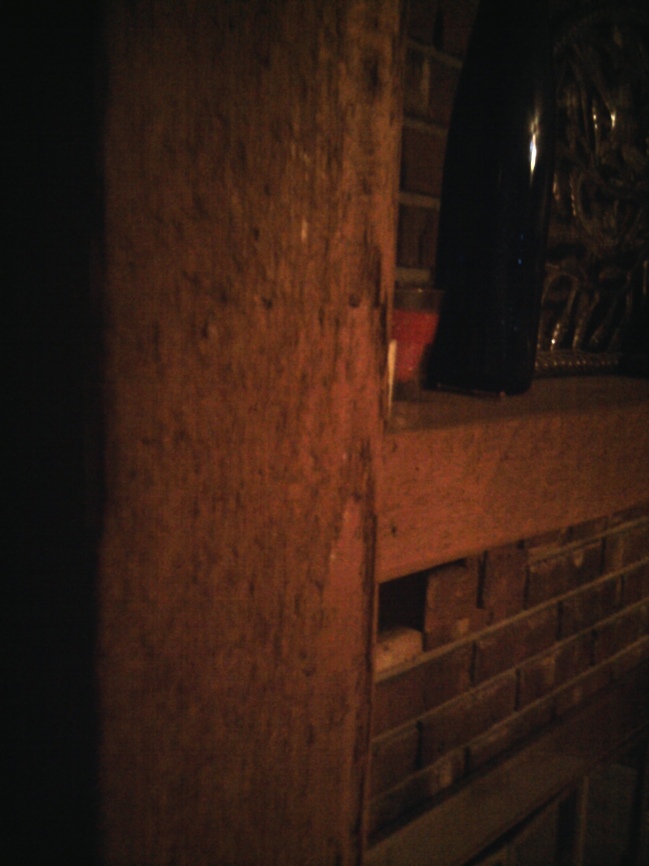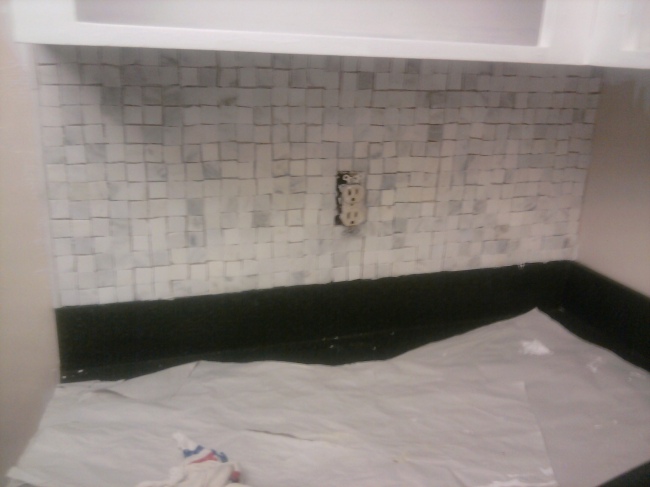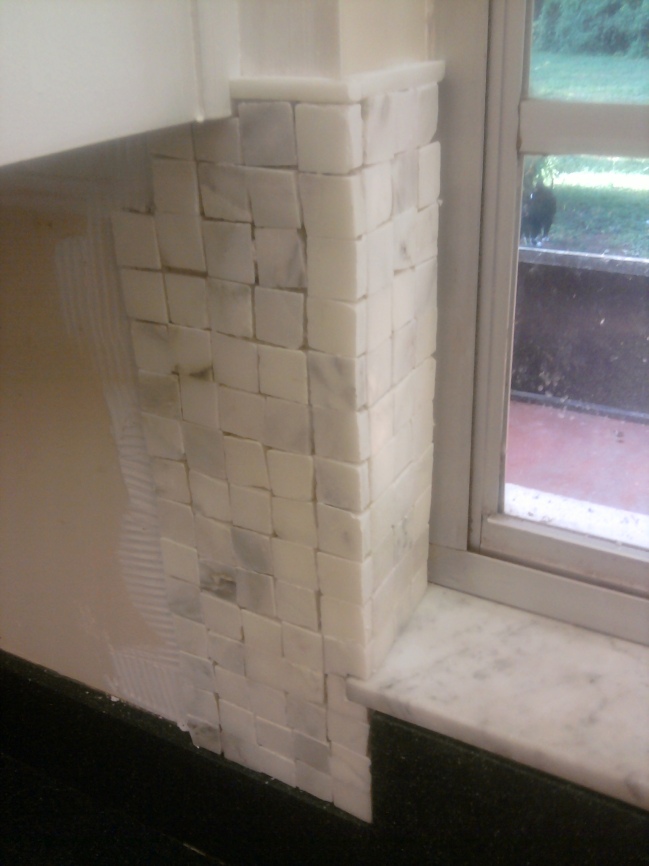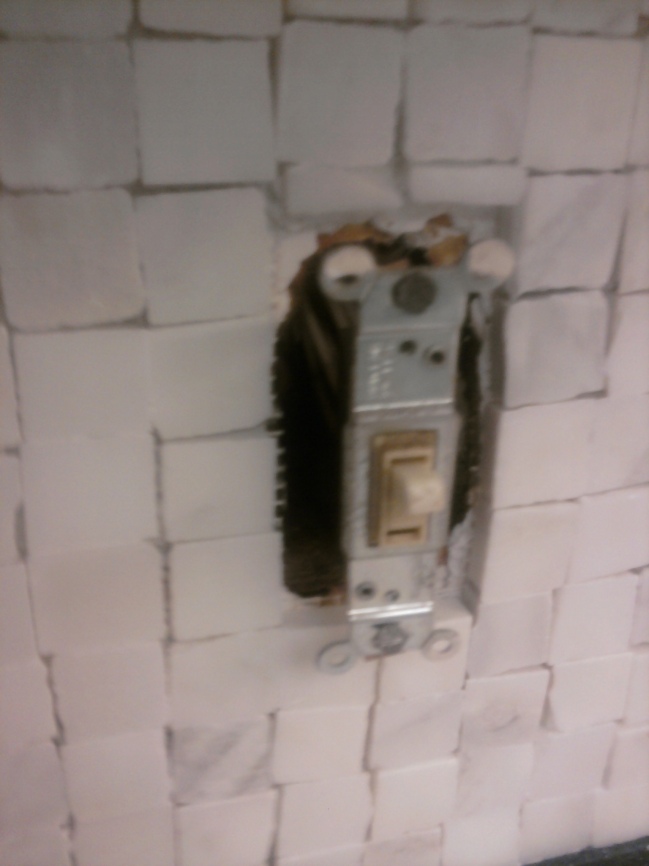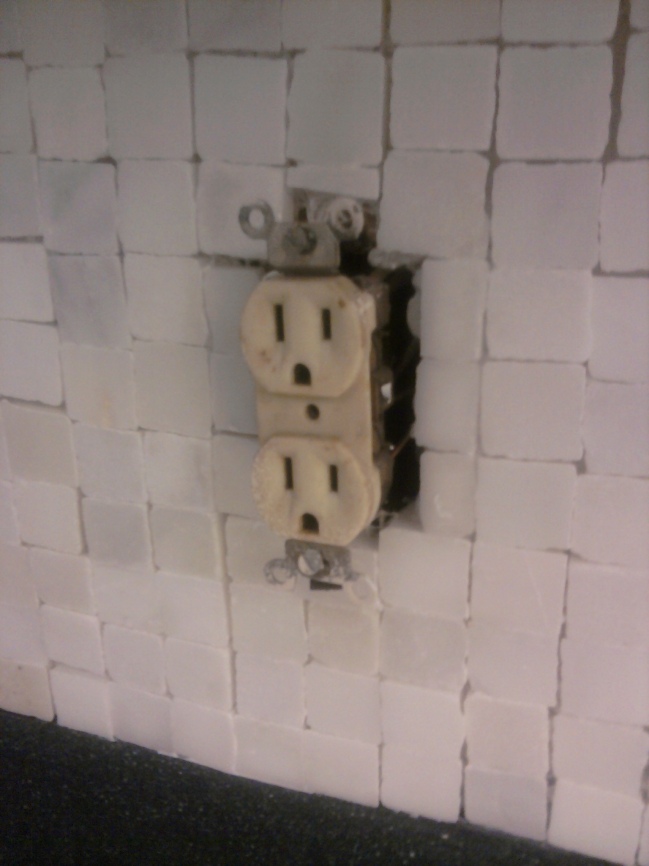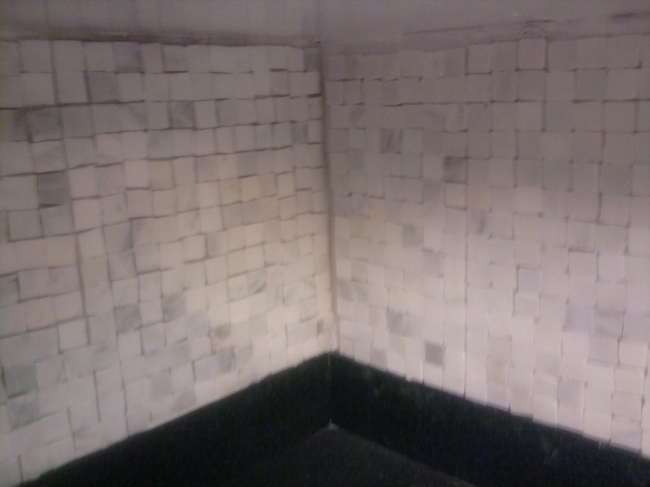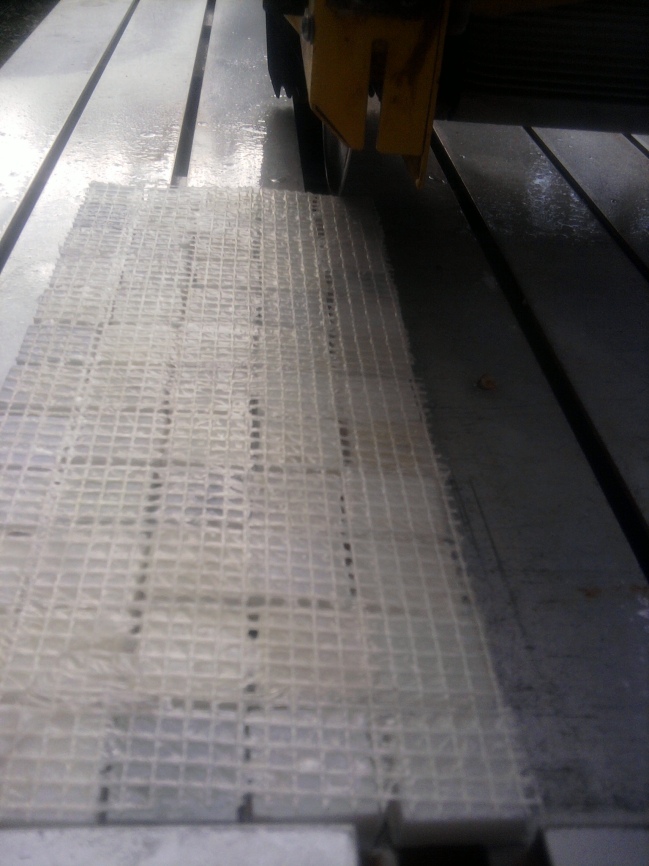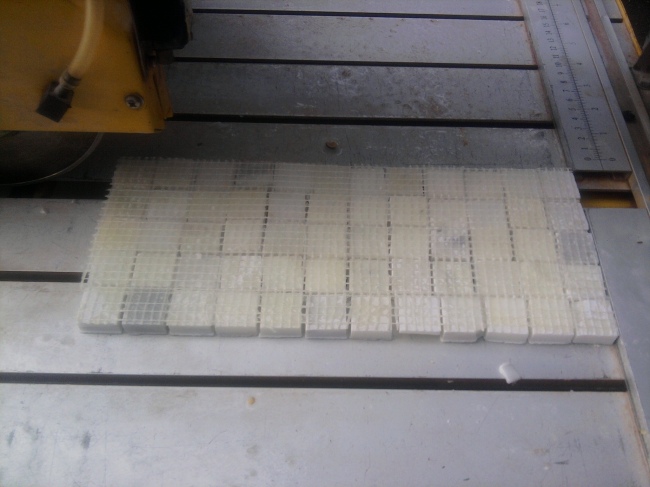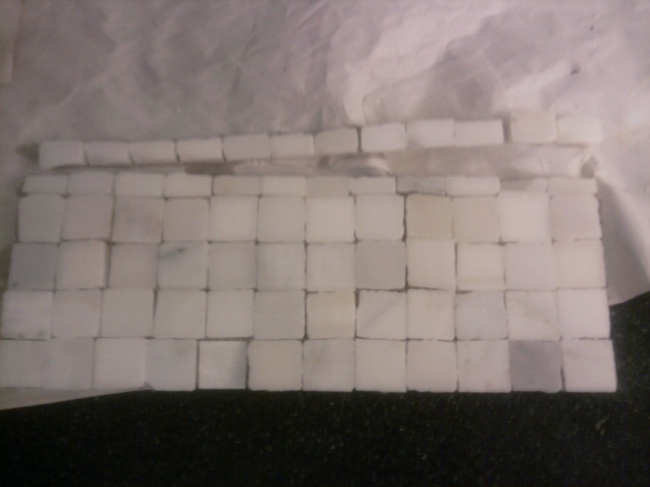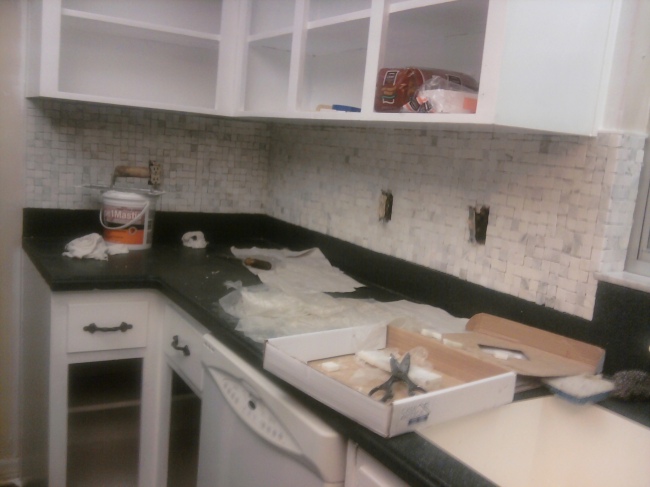At the mission base high school my brother and I attended, seniors got Colombian minimum wage (25 cents an hour back then) and Vocational Training credit for working from 1:30 to 5:00 every school day. I split my time between the phone lab and the electric shop.
At the phone lab we maintained the three-digit system that connected the houses and offices of the base. The phones were from the 1940s, donated by a US phone company, very similar to this one:

My boss, Wes, a genial Viking from Minnesota, taught me how to
- install a new line and phone
- read a schematic and fix miswired phones
- clean the contacts on the handset’s carbon speaker and mike by buffing them on my jeans
- lubricate the phone system switch with lithium grease (the switch was a gizmo that did what operators used to do when they pulled cables from one place and plugged them into another to complete calls; the switch click-click-clicked across a set of contacts, then up, then across again to make the three-digit pairing, directed by the clicks of the phone’s rotary dial)
- check the specific gravity in the batteries that provided the power for the system (dial tone/conversation current was about 12V DC; the ring tone was 80V AC and would give you a jolt)
- put a beeper on a line and trace the beep across the base from box to box to find where the break was or to connect a new number
- use the lineman’s phone to clip onto a cable pair and make test calls from the field (usually to my girlfriend at her school library job)
- make sure the right color wire was connected to the right terminal (green left, red right, black left, yellow right)
In retrospect, I learned an awful lot about obsolete phone technology from Wes. It has come in handy since then; I ran all the phone cable for the house I remodeled in 1996, and have added extensions in various other places I’ve lived. (Of course, I haven’t had a land line for the past ten years, although the wiring in my last Dallas house was used for DSL internet.)
◘◘◘◘◘◘◘◘◘◘◘◘◘◘◘◘◘◘◘◘◘◘◘◘◘◘◘◘◘◘◘◘◘◘◘◘◘◘◘◘◘◘◘◘◘◘◘◘◘◘◘◘◘◘◘◘◘
Two days a week I worked for Joe at the electric shop. Joe was a Pennsylvania Mennonite, and not a big talker. My first day on the job, he handed me a packet of tools. “These are Maytag tools,” he said. “There’s a wringer washer in the back room. Take it apart so I can replace the agitator shaft.”
The agitator shaft was at the very middle of the machine, so I had to take it completely apart. It took a full afternoon, as I recall, and there were parts all over the place when I was done.
Two weeks later, Joe said, “I installed the new shaft. Put the washer back together.”
Gulp.
There was a schematic, but mostly I had to rely on my memory. I managed to put the washer back together, and had four small pieces left over (bolts, as I recall). It ran anyway. Success!
Most of my work at the electric shop was on small appliances. I learned to splice broken toaster elements with little aluminum cylinders that I crimped down on the overlapped element ends. (This came in handy at my college dorm; the waffle iron had broken, and all the electrical engineering students were gathered around it trying to figure out how to resurrect it when I walked in. “Hey, Tim, you’ve worked with appliances. How do we fix this?” asked Carl, who is now a renowned satellite engineer and my brother-in-law. “Someone give me an old ballpoint pen refill,” I said. One was found, and I snipped half an inch off the hollow end and used it to crimp the broken element together. “Huh,” said Carl. “That wasn’t so hard.”)
Joe had me cut through a burned-out fan motor and count the wires, then rewind the motor with the same number of wraps. It was tricky getting the motor to fit back in its case, since I couldn’t wrap as tightly as the machines at the factory, but it worked afterwards.
Some of the projects would be laughed at nowadays: using epoxy to create the right shape of knob on a broken plastic shaft to make the variable speeds on a cake mixer work again; rebuilding the base on a burned-out coffeepot (I tried to use a mica insulator, which shorted out and burned a hole in my Formica work surface). But we lived a full day’s car trip or a one-hour flight from Bogota, no one was rich, and my time was only worth 25 cents an hour. (I don’t even know if the clients were billed.)
One job took me to the Wheeler house, where I noted a funny smell. It turned out that the freezer had quit. (That wasn’t what I was there to work on.) The parents were out “in the tribe” (they worked with the Sionas on the border with Ecuador), and the kids were staying at the Children’s Home, as our dorm was called. Frank Wheeler, who was a year or two behind me in school, was left with the nasty job of pulling out twenty pounds of rotten meat and scrubbing the freezer. (Fixing a freezer was beyond my skills. I suspect Joe took care of it.)
Joe and his family returned to Pennsylvania shortly after I came to the US for college. He died a short time later of cancer.






